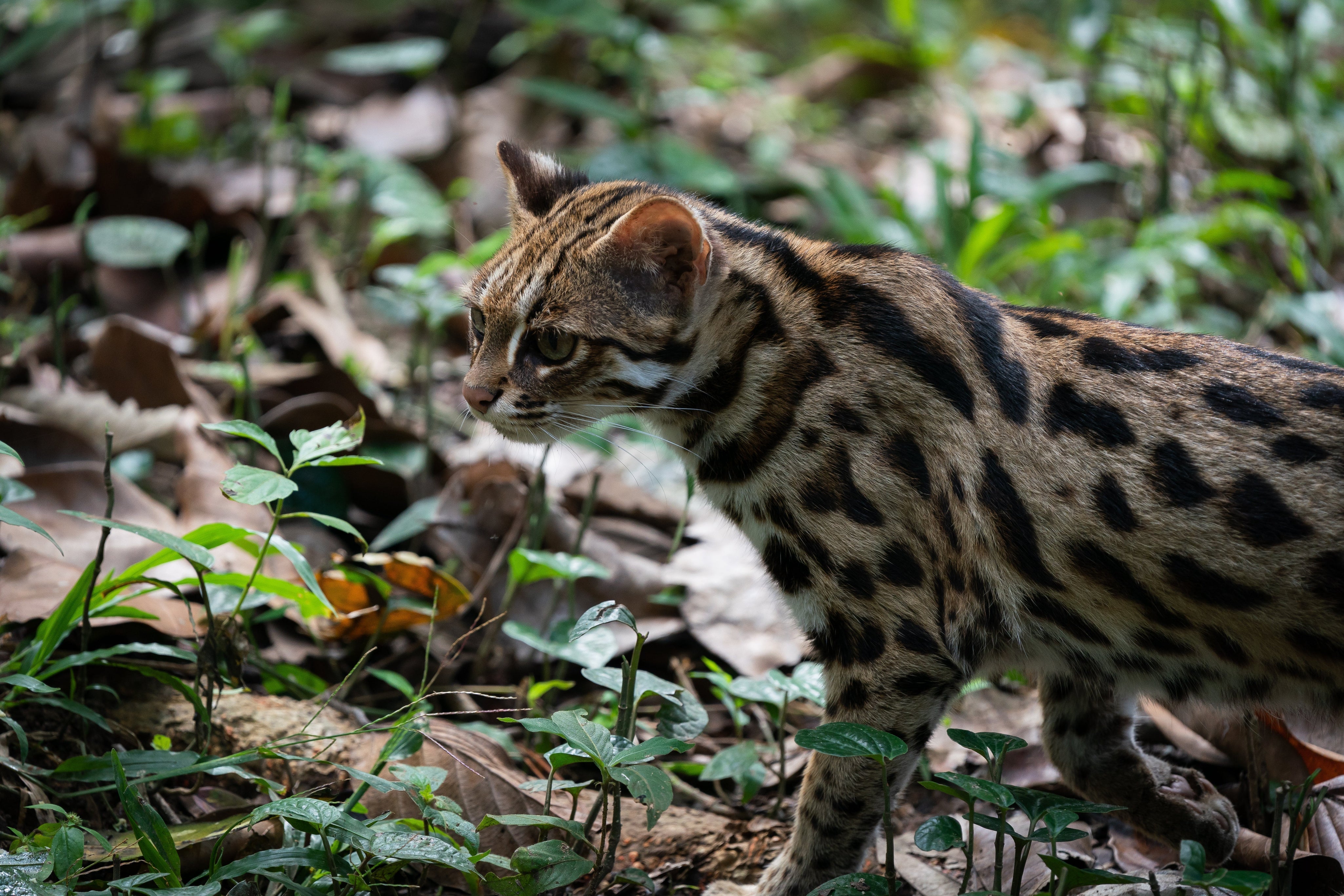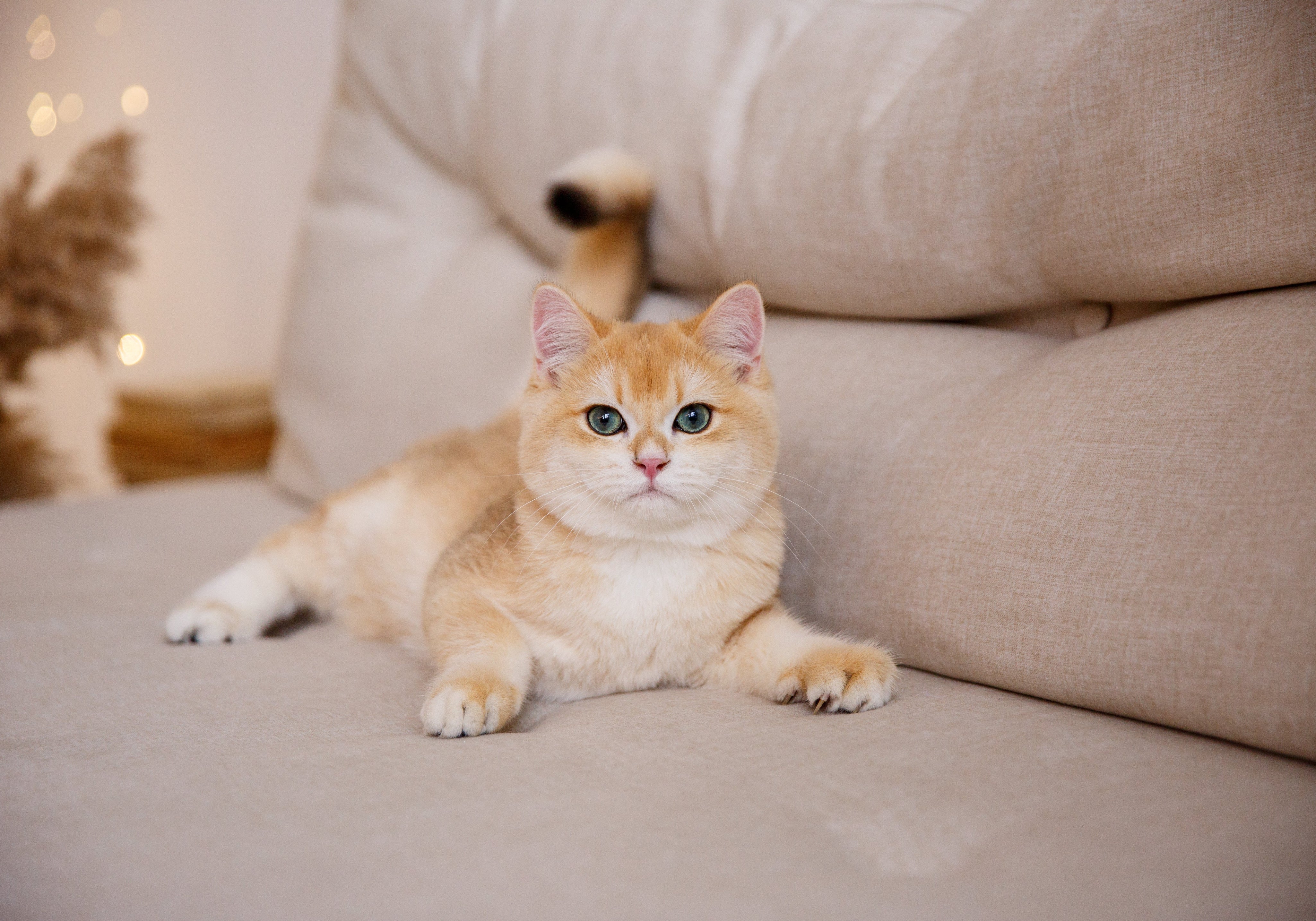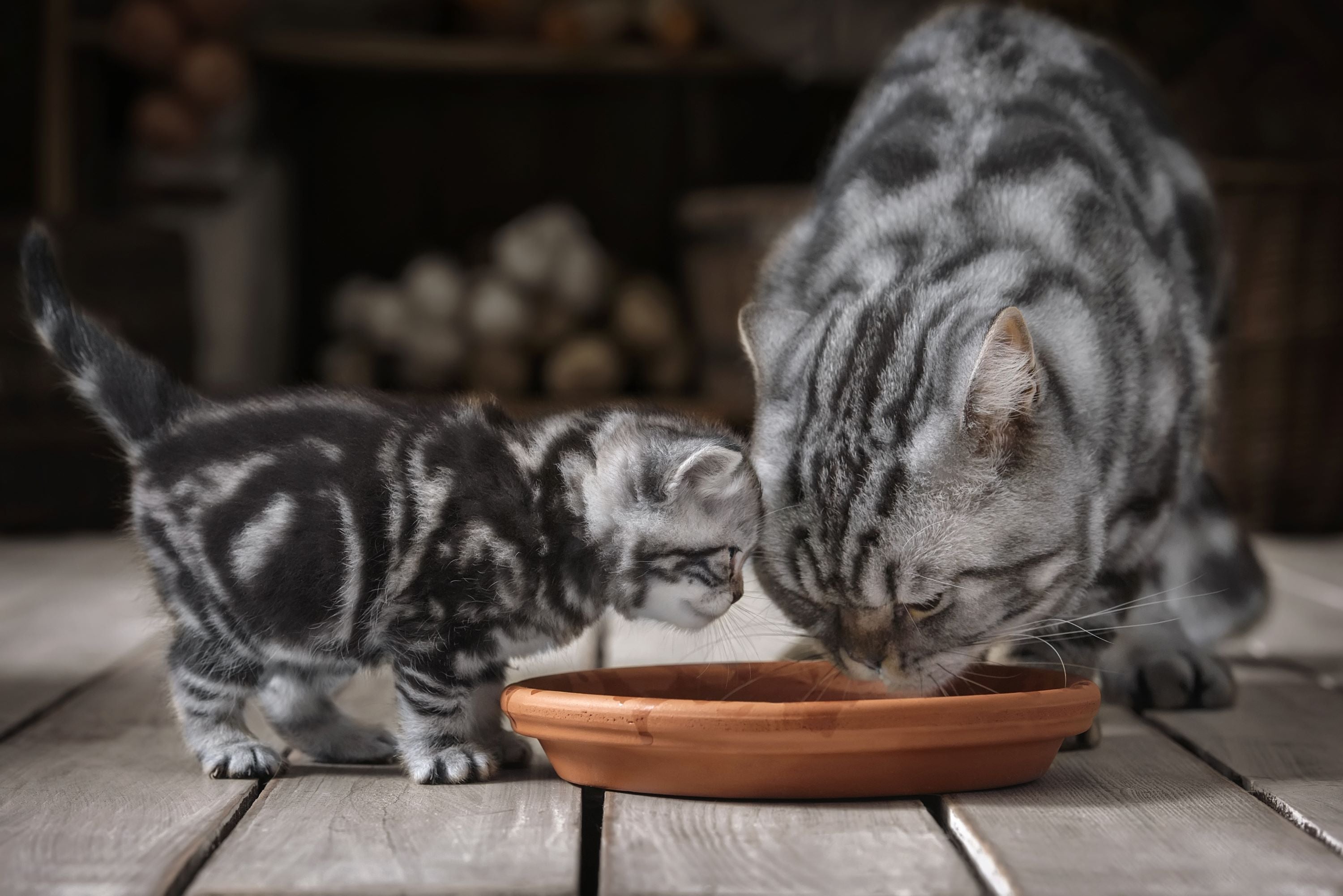Researchers at Peking University Beijing and Oxford have discovered that the first felids to live in and around ancient Chinese settlements were not domestic cats (Felis catus), but leopard cats, by examining the DNA within 22 archaeological feline specimens. They found that domestic cats came earlier than these wild felids by several thousand years. Below is a review of what was found in this new research.

Amur Forest Cat, a northern variant of Asian Leopard Cat (Prionailurus bengalensis euptilurus)
What are leopard cats?
There are many small felid species throughout the world, and some are quite similar in size to domestic cats. The leopard cat or Asian leopard cat (Prionailurus bengalensis) is a small wild felid native to a large swath of Asia, from the east of Afghanistan to the tip of the Korean peninsula and all of Mainland Southeast Asia, with several subspecies differing in colouration and shape. In many ways, it is the Asian equivalent of the European and African wildcat, occupying a similar role in their ecosystems. The leopard cat has also been used in crossbreeding to produce the Bengal and Cashmere (Longhaired Bengal) breeds. In 2016, it was found that leopard cats were the first cats living in association with humans in China, based on morphometric analysis of bones from the Neolithic period, with bones dated to 5,500 to 4,900 BP.
How the research was conducted
Building on this research, scientists genetically analysed bones from 22 felines at 14 archaeological sites around China to determine which species at what time were present at those sites. What they found is that the oldest feline bones were indeed leopard cats, starting around 5,400 years BP, found in Shaanxi and Henan Provinces. The evidence of leopard cats disappeared around 150 AD, coinciding with a period of political and environmental upheaval occurring between the Han and Tang Dynasties. Modern domestic cats, on the other hand, were not clearly identified until the mid-Tang Dynasty, several hundred years later.

The Silk Road and the arrival of domestic cats
This finding, along with two other recent publications, debunks the idea that modern domestic cats (Felis catus) were originally domesticated 5,000 years ago in Eastern or Southeast Asia. In fact, the researchers found that there was a gap of almost 600 years before evidence of domestic cat DNA was found after the last of the leopard cat evidence, suggesting that leopard cats weren’t displaced by domestic cats, but possibly the Chinese did without cats for several centuries; a very somber idea, indeed. In fact, cattle, sheep, goats and horses were all introduced to China long before Felis catus. The earliest domestic cat, found also in the northwest province of Shaanxi, was dated to 730 AD.
Of the 14 domestic cats analysed, all clustered within a single mitochondrial DNA clade, IV-B. Feline mitochondrial clades show that groups of cats share DNA that descend from a single common ancestor as passed down solely from mother to daughter, giving information about the maternal history of the cats. Clade IV-B was rare in ancient cat samples, but was found in a cat of the same time period from Kazakhstan. As Central Asia played a key role in Silk Road trade, and trade along this route between China and the west peaked around this time period, this is a likely means of the first Chinese cats’ arrival. Interestingly, nearly 80% of modern Chinese domestic cats have type IV-B, and clade IV-A, common in Europe, are much less common, but found primarily in the south and east of China. Cats of the IV-A type may have been introduced later with sea trade.

Tiao Kuang-yin, Tang dynasty. “Flowers and Sketches from Life: Wasps and Cat.” National Palace Museum, Taiwan.
What did the first Chinese domestic cats look like?
The ancient Silk Road cat was a shorthaired male with normal tail length and likely all white or mackerel tabby with white markings. It has been noted that in China, white or white spotting is more common in domestic cats than elsewhere in the world today. That trend appears to have been present from the beginning, as most Tang Dynasty artwork of cats depict white-spotted cats, like the artwork above.
In modern Asian domestic cats, we can see that the white spotting trend is still popular, with breeds like the Japanese Bobtail, Kurilian Bobtail and Kucing Malaysia, in addition to the non-pedigreed Chinese domestic cat, all sporting large amounts of white. It is interesting to think of the first domestic cat making its way along the Silk Road, destined to spread its unique genes eastward from Shaanxi to the rest of China, becoming a beloved resident of home and artwork for the next thousand years.
References:
Han Y, Hu S et al. 2025. Leopard Cats Occupied Human Settlements in China for 3,500 years before the Arrival of Domestic cats in 600-900 CE around the Tang Dynasty. bioRxiv doi: 10.1101/2025.01.31.635809
Vigne JD, Evin A, Cucchi T, Dai L, Yu C, Hu S, Soulages N, Wang W, Sun Z, Gao J, Dobney K, Yuan J. Earliest "Domestic" Cats in China Identified as Leopard Cat (Prionailurus bengalensis). PLoS One. 2016 Jan 22;11(1):e0147295. doi: 10.1371/journal.pone.0147295. PMID: 26799955; PMCID: PMC4723238.
The Cat's Meow in Paintings at the National Palace Museum, Taiwan. “Flowers and Sketches from Life: Wasps and Cat. Tiao Kuang-yin, T'ang dynasty.” Album https://culture.teldap.tw/culture/index.php?option=com_content&view=article&id=222 Retrieved May 2025






